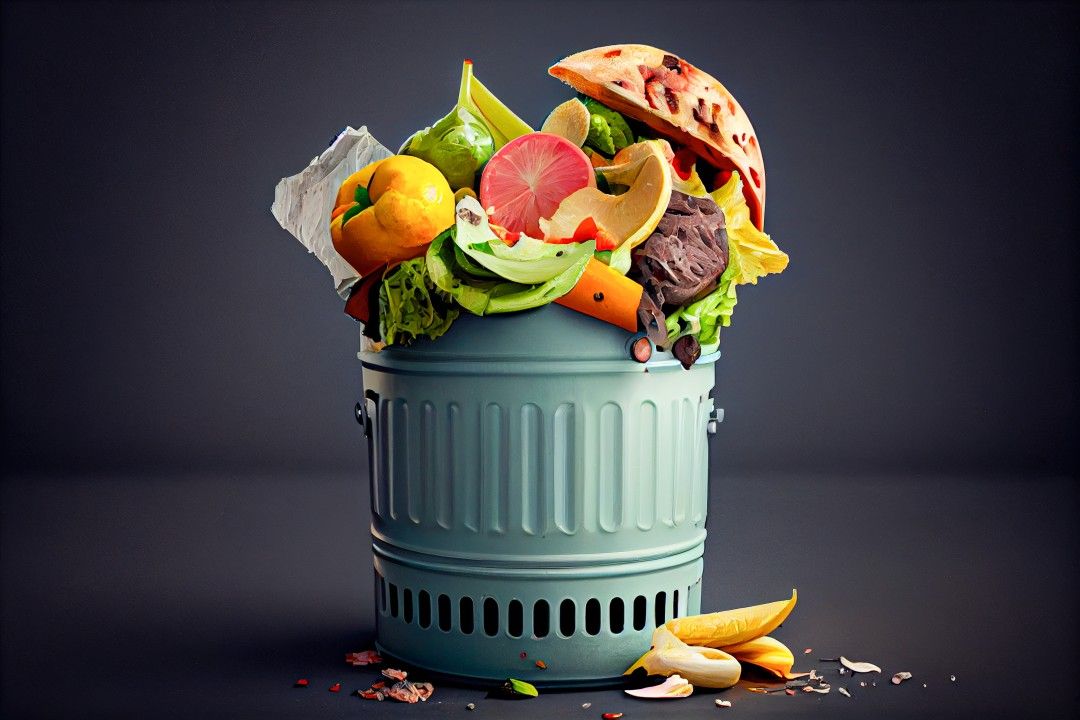Mastering the Art of Restaurant Inventory Management

Efficiently managing your restaurant's kitchen inventory is a foundational element for success. Ensuring a seamless operation requires a solid understanding of key concepts and the implementation of effective strategies. In this guide, we'll delve into crucial aspects of restaurant inventory management, providing practical insights for restaurateurs looking to optimize their processes.
I. What is Food Inventory Management?
Definition: Food inventory management encompasses the meticulous recording, tracking, and reporting of ingredient and supply movements within a restaurant. Utilising it well leads to loss prevention, better visibility and control over profit margins.
Significance of Restaurant Inventory Management: Mismanagement of inventory stands as a primary catalyst for restaurant failures. A well-structured inventory strategy serves as a defence against revenue loss, ensuring the sustained viability and profitability of your establishment.

II. Food Inventory Management for Profit Preservation
Up to 10% of food in some restaurants is lost before reaching customers, exerting a direct impact on revenue streams. Identifying the root causes of this waste is pivotal:
- Staff errors
- Spillage
- Staff-consumed meals
- Theft
- Returns due to customer dissatisfaction
A new understanding of these factors enables restaurateurs to minimize both inventory and profit losses. The adoption of a robust food inventory management system becomes indispensable for maintaining profit margins and curtailing avoidable waste.
III. Mitigating Food Waste

Conducting a waste audit proves instrumental in quantifying areas of waste. Common sources of restaurant food waste, such as over-ordering, spoilage, overproduction, misfires, and poor portion control, can be addressed through proactive measures. While complete eradication of food waste is challenging, implementing preventive steps can significantly curtail its impact.
IV. Navigating Restaurant Inventory Management Terminology
Mastery of restaurant inventory requires familiarity with key terms:
- Sitting Inventory: The current quantity or value of products in your restaurant.
- Depletion: The amount used in a specific period.
- Usage: Sitting Inventory divided by the average depletion.
- Variance: The difference between usage amount cost and product cost.
Comprehending these terms is indispensable for effective inventory tracking.
V. Restaurant Inventory Management with Precision
Execute these steps for a streamlined and accurate inventory management process:
- Organize Stock Shelves: Categorize items, install shelves if needed, add labels, and create specific inventory IDs.
- Assemble Inventory Team: Determine the frequency of inventory counts, create a schedule, and assemble a dedicated inventory team.
- Automate Tracking: Leverage restaurant management software for automated processes, inventory alerts, recipe costing, and order management.
- Track Sales Daily: Monitor sales and stock levels daily for real-time adjustments.
- Keep Extra Supplies: Maintain a reserve for fast-moving items.

VI. Application of Food Control Procedures
Ensure product safety and consistency through:
- Ingredient Specifications: Document specifications for each dish.
- Supplier List: Maintain a list of suppliers for each ingredient.
- Product Formulation and Recipes: Document the inclusion of each ingredient in the formula or recipe.
- Product Standards: Establish chemical, physical, and microbiological characteristics of finished dishes.
- Manufacturing Procedures: Document critical processing operations.
- Packaging and Labeling: Adhere to packaging and labeling regulations.
- Efficient Manufacturing Practices and Sanitation: Follow Good Manufacturing Procedures (GMPs) and implement consistent sanitizing and cleaning programs.
VII. Increasing Kitchen Inventory Accuracy

Enhance inventory accuracy with these steps:
- Take inventory before placing an order.
- Choose optimal times for inventory counts.
- Establish a regular inventory schedule.
- Calibrate scales regularly.
- Use consistent measurement standards.
By incorporating these practices and considering restaurant inventory management software solutions, restaurateurs can streamline operations and fortify financial stability. Explore using automted tools to streamline the restaurant inventory process. Solutions like Open Pantry's Restaurant Pro Suite offer an integrated approach to restaurant management tasks.
Start your restaurants journey to full accountability, visibility and profitability by utilising inventory management alongside, menu costing tools and automated ordering. Discover the potential benefits by exploring a free demo with Open Pantry today.